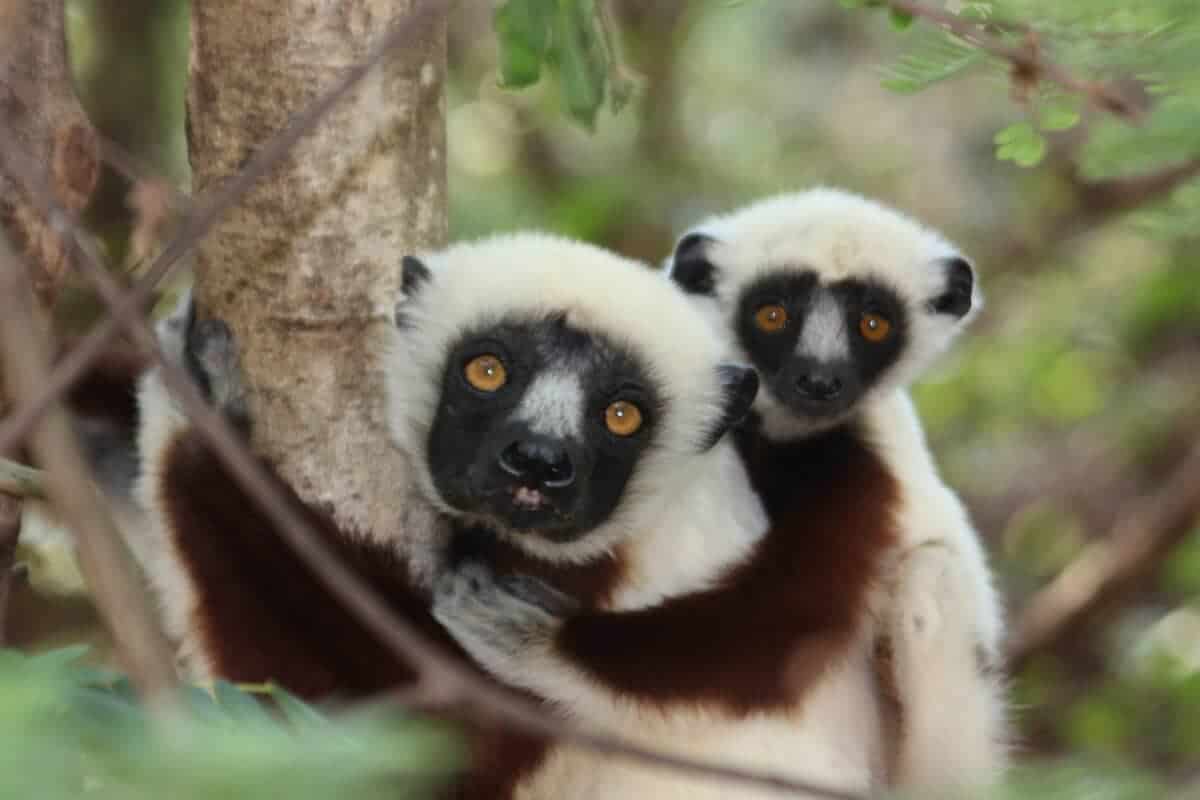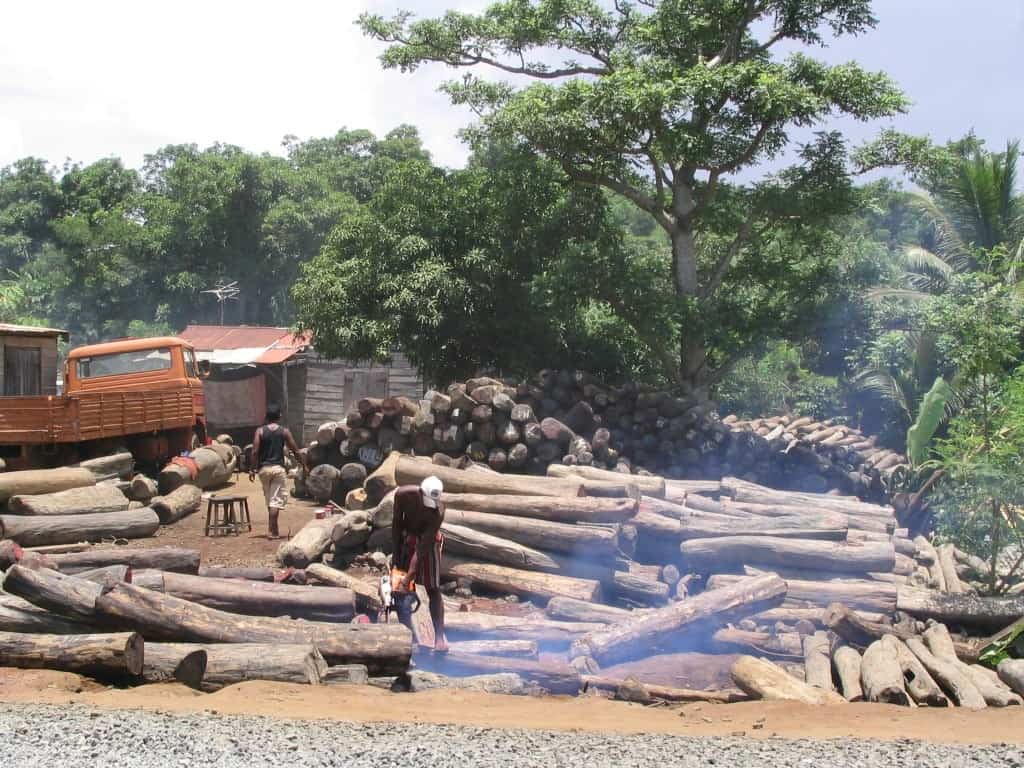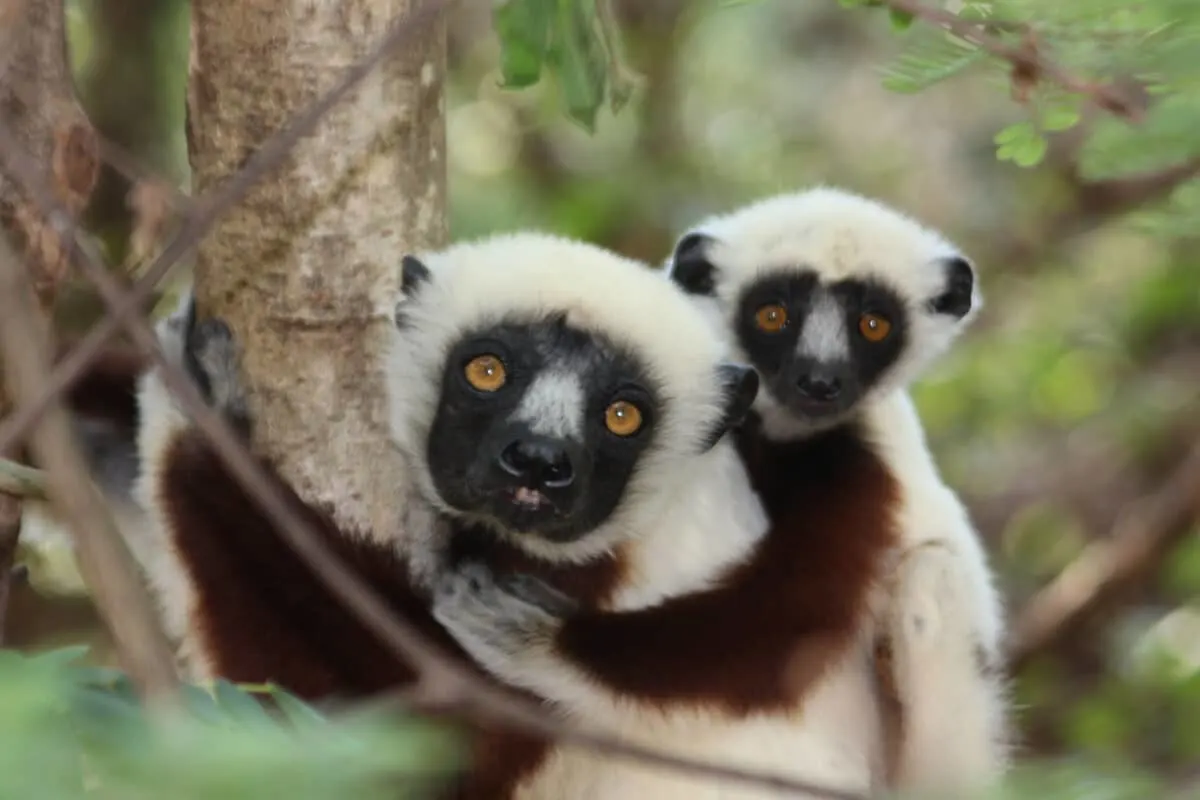Imagine this: a Sifaka lemur, with its strikingly large eyes and fluffy white fur, leaping sideways across the road with its arms raised, much like a ballerina. Such is a typical day in Madagascar’s remote Berenty Reserve life. Continue reading to find out how you can help save their dance.
The Enchanting Sifaka Lemur
These primates have truly perfected the art of tree-hopping. When they do touch the ground, their movement is nothing short of entertaining: a captivating sideways dance, arms aloft, which might remind you of a ballet performance! Their name, “Sifaka”, even comes from the unique “shee-fak” alarm call they emit. Distinctive in appearance and behavior, these lemurs are not just another wildlife species; they’re the true rhythm of Madagascar’s wilderness. However, this ballet is under threat.

A Dance in Danger
Recent studies have shown that these fascinating primates are now critically endangered. A mysterious die-off has been observed in their populations in Madagascar, making their conservation a pressing concern. As per Mongabay, almost every lemur species, including the Sifaka, faces a significant risk of extinction. The primary culprits? Habitat loss from deforestation, hunting, and climate change.
How We Can Help the Sifaka Lemurs
Protecting these enchanting creatures requires collective effort. Here’s how you can contribute:
- Promote Eco-tourism: Sustainable travel benefits local communities and ensures minimal environmental impact. By choosing eco-friendly options, you support conservation initiatives and local livelihoods.
- Support Conservation Organizations: Entities like the Lemur Conservation Network have comprehensive plans and on-ground operations to protect lemurs. Donations or volunteering can make a significant difference.
- Educate and Advocate: Raise awareness about the Sifaka lemurs’ plight. The more people know the more they can help. Platforms like National Geographic offer a wealth of information that can be shared to spread the word.
- Responsible Consumer Choices: As per The Culture Trip, refrain from buying products made from rosewood and other endemic trees from Madagascar. This reduces the demand, ensuring these trees, vital for lemurs, remain standing.
- Respect the Lemurs: If visiting Madagascar, maintain a respectful distance from the lemurs. Flash photography and loud noises can distress them, disrupting their natural behaviors.

In Conclusion
With its dance and charm, the Sifaka lemur is an irreplaceable treasure of Madagascar. While the threats they face are monumental, combined global efforts can ensure that the ballet of the Sifakas continues for generations to come. It’s time we all played our part in this dance for survival.
You might also enjoy:
Capuchin Monkeys Are the Only Primates to Use Tools
Why the Hainan Gibbon Is One of the Most Endangered Primates
Orangutan rescued 8 years ago is finally ready for release
Join our Forum for free today!

- The Bond Between a Wild Baby Bison and Her Rescuer - July 20, 2024
- An Excited Husky’s First Ever Time in Snow - July 20, 2024
- Top 20 Colorful Species To Brighten Your Day - July 14, 2024

